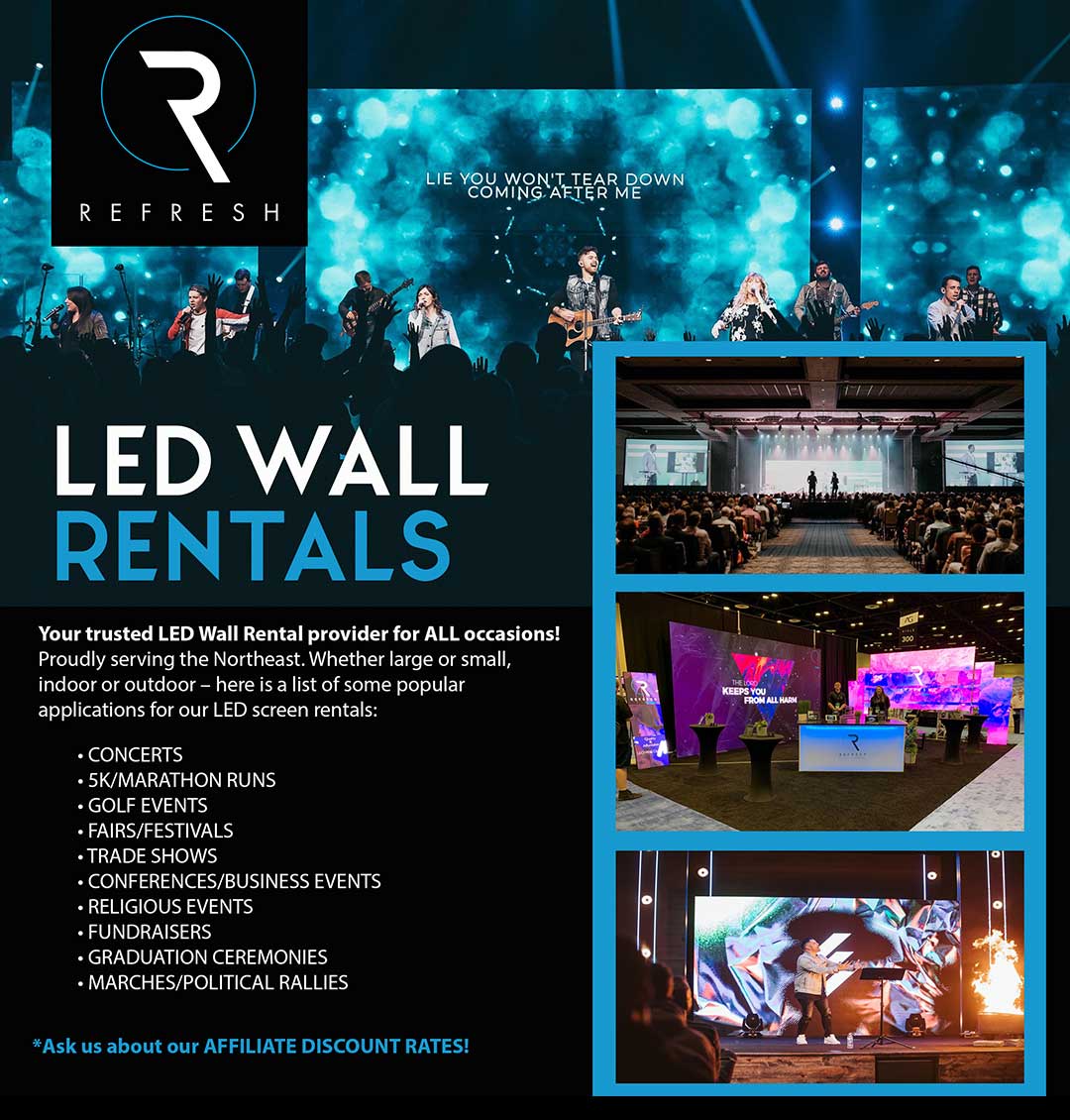Light Emitting Diode wall units have secured popularity for their ability to deliver high-quality visuals in multiple settings, from corporate environments to entertainment venues. One of the primary aspects of these systems is their interface capabilities, which allow users to connect them to different devices and systems. Understanding the diverse input options supported for LED wall panels is essential for enhancing their use and effectiveness. This discussion details these options, showcasing how they can adapt to various needs and preferences.

One common connection method for Light Emitting Diode wall panels is HDMI. High-Definition Multimedia Interface is widely recognized for delivering high-quality video and audio signals between components. This connection type is particularly useful in business settings, such as conference rooms or training rooms, where presentations or video content are often shared. By using digital connectors, users can seamlessly link laptops, projectors, and streaming devices to Light Emitting Diode wall panels, ensuring a clear and dynamic presentation of information.
Another commonly used interface option is Display Port, which is similar to HDMI but offers additional benefits. Display Port can support higher refresh rates and resolutions, making it an ideal choice for interactive media or graphic-intensive applications. For those using LED wall panels in environments where output quality is critical, such as esports arenas or design studios, DisplayPort can provide the necessary visual quality. Moreover, many contemporary computers and graphics cards feature DisplayPort connections, click for more info making it a practical option for tech-savvy users.
In contrast to HDMI and DisplayPort, wireless transmission methods are becoming progressively prevalent in Light Emitting Diode wall panel solutions. Wireless interfaces allow users to share content without the need for physical cables, promoting a cleaner and more adaptable configuration. Platforms such as Wi-Fi and Bluetooth enable users to link smartphones, tablets, and laptops seamlessly to LED wall panels without cumbersome wires. This versatility is especially advantageous in fast-paced settings like exhibitions or events, where quick adjustments to displays are often needed.
For larger deployments or more intricate setups, network connectivity through Ethernet is another viable solution. Wired links provide a consistent and reliable way to connect multiple LED wall panels within a network. This approach is suitable for digital signage use cases found in retail centers or airports, where multiple panels may need to present synchronized content across a wide area. By using network cabling and routing hardware, operators can guarantee that all connected panels receive consistent updates and information seamlessly.
Finally, it's important to consider the future of connectivity with technologies such as USB-C and Thunderbolt 3. These next-generation interfaces offer enhanced data transfer rates and versatility by allowing one cable to handle both energy transfer and data transmission. As more devices adopt these standards, LED wall panels equipped with USB-C ports will likely become more common. This evolution in connectivity not only enhances the capabilities of Luminescent Diode wall panels but also aligns with the growing trend of minimalism in technology setups by reducing the number of cables needed.
In conclusion, exploring the diverse connectivity options accessible for Light Emitting Diode wall panels reveals many possibilities for users across multiple industries. From conventional approaches like High-Definition Multimedia Interface and Display Port to contemporary cordless technologies and LAN setups, each pathway serves unique functions tailored to specific needs. Additionally, emerging technologies like USB-C promise further developments in how professionals utilize Luminescent Diode wall panels. By grasping these integration choices, individuals can make take a look at the site here informed selections that optimize their overall engagement with these versatile display tools.